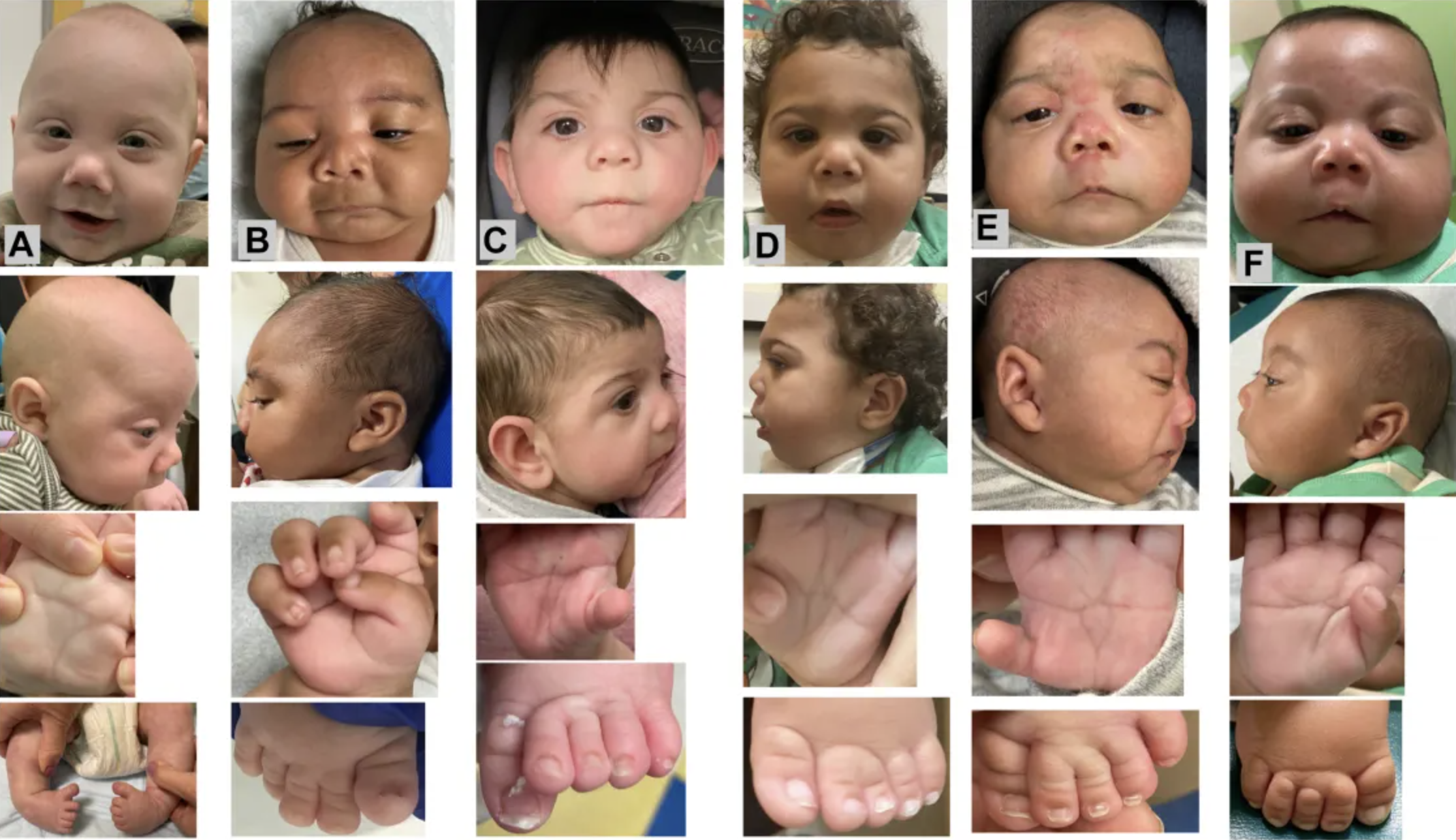HEALTH
Doctors Identify Possible Syndrome In Babies Exposed To Fentanyl During Pregnancy
Published
7 months agoon

Elsevier
Doctors say they may have identified a novel syndrome in babies born to mothers who used fentanyl during pregnancy, characterized by birth defects including facial and musculoskeletal abnormalities.
Last year, physicians at Nemours Childrens Hospital in Delaware saw six infants who were referred from local neonatal intensive care units or brought in for feeding difficulties, and found similar facial and physical abnormalities. They were enrolled in a study to further assess their symptoms, and four infants from other institutions were later added to the study.
Dr. Karen Gripp, Chief of the Division of Medical Genetics at Nemours, who led the study, said all of the infants had small heads, short stature, and distinctive facial features. Their facial features included drooping eyelids, undersized lower jaws, and upturned noses.
Multiple infants had cleft palate, malformed genital organs, and “rocker bottom” feet, which flex abnormally with upturned toes, giving the appearance of a rocker bottom. The infants shared other common features, including fused or webbed toes, a single palmar crease, and short, broad thumbs.
Genetic testing ruled out suspected diagnoses, including the rare Smith-Lemli-Opitz syndrome, and facial analysis using the GestaltMatcher algorithm ruled out fetal alcohol syndrome. Because all of the infants were exposed to fentanyl, a powerful opioid, during gestation, researchers suspected a novel syndrome.
“Given the fentanyl use epidemic, it is important to recognize this condition,” Gripp said. “Analogous to prenatal alcohol exposure causing fetal alcohol syndrome with long-term physical and developmental consequences, this novel condition may impact many infants in life-changing ways.”
The study was published in October in [Genetics in Medicine Open](https://www.sciencedirect.com/science/article/pii/S2949774423008439#tbl1).
Although the study does not directly prove fentanyl is the cause of the infants’ common birth defects, the authors hope to enroll more babies in future studies to definitively confirm a link. In this study, the mothers also used other drugs besides fentanyl.
Of the 10 babies studied, the six from the Nemours system are still receiving care and are being followed for further assessment. Among the other four babies, two from California and one each from Massachusetts and Rhode Island, three are being followed by doctors and one has died.
TMX contributed to this article.
More From Sci + Tech
-


Satellites Show Tropcial Storm Kenneth in Pacific Ocean – Expected…
-


You can run, but you cant hide. Aviation utilized thermal…
-


Sphere Las Vegas Plays A Game of Tetris For Game’s…
-


Full Worm Moonrise tonight @CinObservatory Check out the…
-


Satellites Show Atmospheric River as it Moves Into California
-


The eye of tropical cyclone #Freddy – captured live from…
-


MSP Air Wing Aids Middleborough Barracks Troopers in Finding Injured…
-


CIRA Satellites: Fog and low-level clouds permeated across parts of…
-


More: Bergen County, New Jersey, #WormMoon tonight and a halo…
-


More – Possible Meteor Seen From Belfast, Ireland
-


Satellite shows the well-formed eye of Hurricane Ian as it…
-


Green Comet C/2022 E3 (ZTF) Drifts Across Night Sky As…
